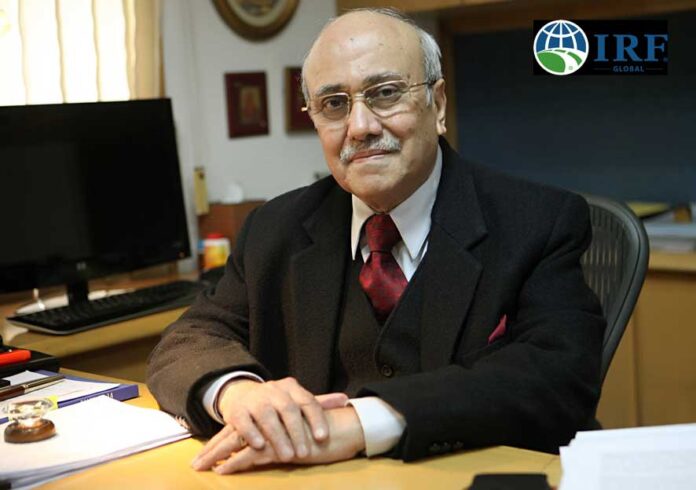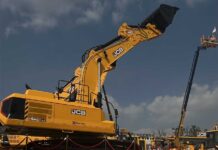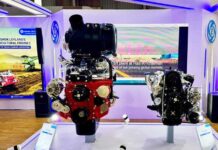
The International Road Federation (IRF), a global authority on road safety, has expressed serious concern over the recent surge in sleeper bus accidents, including fires that have claimed more than 40 lives. These tragic incidents underscore the ongoing safety challenges in a mode of transport relied upon daily by millions of Indians.
According to the IRF, the recent accidents reveal recurring hazards: flammable interiors, blocked or narrow exits, missing or faulty emergency windows, lack of fire safety equipment, limited escape time, and inadequately trained staff. The federation has urged strict adherence to bus body design codes and enhanced safety measures to prevent further loss of life.
The existing code of practice for bus body design has strict norms for safety of passengers including mandatory fire extinguishers which are mostly empty or non-functional , mandatory speed governors, fixed time of drivers to avoid fatigue, fitness certificates are managed.
“During recent bus accidents the number of deaths could have been avoided with timely help and delay caused in cutting the bus body to bring out the injured and the other passengers. Most developed countries have glass roofs which can be easily broken, and the passengers can be rescued. The bus designs especially of sleeper coaches is such it takes hours and special cutting tools to cut the vehicle and rescue the passengers “ said Mr K K Kapila, President Emeritus, International Road Federation who was recently conferred the Louis Prangey award by International Federation of Consulting Engineers (FIDIC) .
“Apart from strict adherence to bus making code, the government should make it mandatory to equip ambulances and fire brigades with cutting tools and train the drivers and attendants to use them . Most of the time it is difficult to find or source cutting tools. Most of the ambulance and cranes parked at various toll plazas are ornamental and non-functional most of the time.” Mr Kapila said.
The bus body code of India is AIS-052, a mandatory standard that specifies safety, structural, and design requirements for all bus bodies built in the country. The standard was introduced to regulate the previously unorganized bus body-building sector, improve passenger and driver safety, and ensure uniformity in construction.









